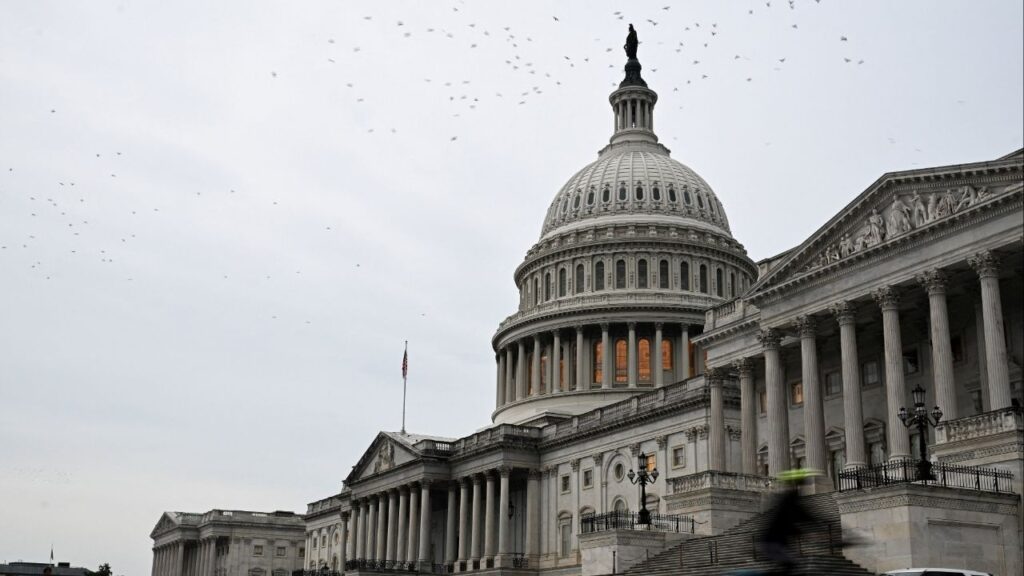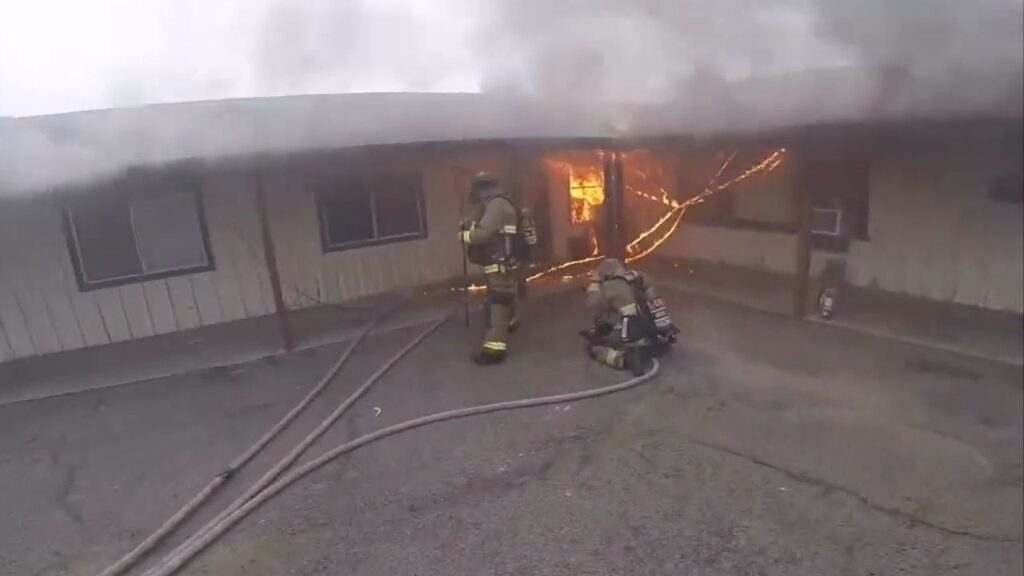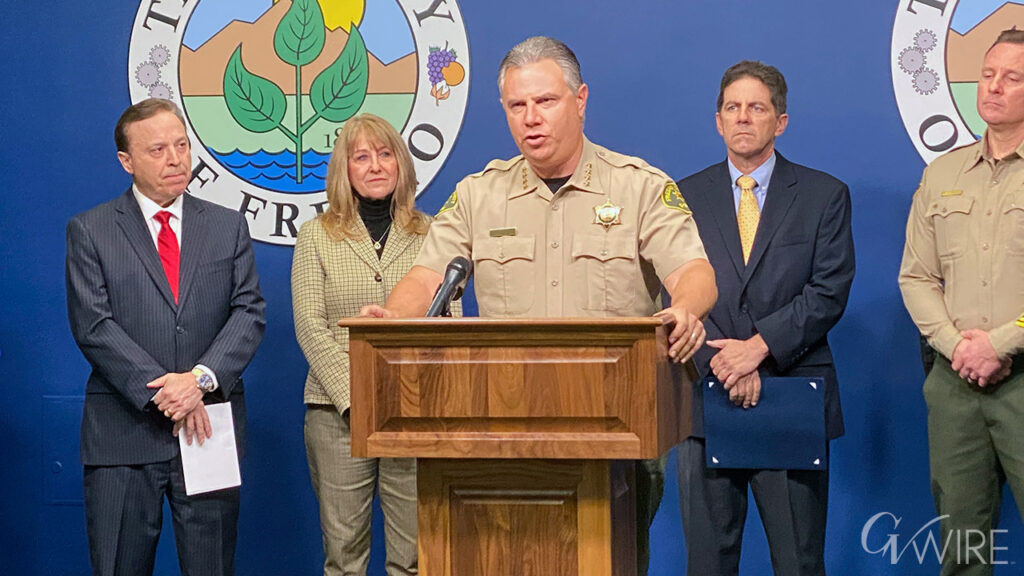Share
California, as everyone knows, receives virtually all of its precipitation during a few fall and winter months and in 2019, some early rain and snowstorms promised a bountiful water year.

Dan Walters
Opinion
The north has seen almost no precipitation since Christmas, the all-important Sierra snowpack is less than half of its average depth, and the region’s balmy, springlike weather shows no signs of ending.
A stubborn high-pressure area off the coast has been blocking Arctic Ocean storms from dipping into California, leaving water managers hoping for a “March miracle” like the one that rescued the state from an even worse winter dry spell in 1991.
Overall Precipitation May Remain Roughly the Same
Whatever happens this year, the abrupt end to what appeared initially to be a wet season is another reminder that California can never take its water supply for granted, especially given the forecasts of what climate change might wrought.
The official expectation is that while overall precipitation may remain roughly the same, we would see less in the form of snow and more as rain. Were it to occur, mountain snowpacks, which are natural reservoirs that release their water slowly, would diminish, requiring more manmade storage to capture winter rains.
A newly released “Water Resilience Portfolio,” drafted by a coalition of state agencies in response to an executive order from Gov. Gavin Newsom last year, warns that “California confronts more extreme droughts and floods, rising temperatures, depleted groundwater basins, aging infrastructure and other challenges magnified by climate change.”
It calls for a “a broad, diversified approach” that includes not only more storage, but diversifying supply sources, improving natural systems where possible and building infrastructure to more easily move water from where it is to where it’s needed.
The report embraces two big projects — the proposed Sites reservoir on the west side of the Sacramento Valley and a long-envisioned, ultra-controversial tunnel to carry Sacramento River water beneath the Sacramento-San Joaquin Delta.
Newsom and the State’s Water Management Agencies Should Be Commended
Sites, in Colusa and Glenn counties, has been on the drawing boards for decades. It wouldn’t dam any major streams, but rather store diversions from the Sacramento River during high flows, up to 1.2 million acre-feet, for release when needed to meet downstream demands, particularly during dry periods. It’s somewhat similar to the state/federal San Juan Reservoir on the Pacheco Pass west of Merced.
The single tunnel beneath the Delta is Newsom’s smaller, renamed version of the twin tunnels that his predecessor, Jerry Brown, championed and a direct descendant of a “peripheral canal” that Brown had backed during his first governorship four decades ago, only to see it rejected in a statewide referendum in 1982.
In theory, the tunnel, now dubbed “Delta Conveyance,” could deliver more water to the head of the California Aqueduct near Tracy and relieve pressure on the Delta — assuming that there was more water to deliver from upstream reservoirs such as Shasta, Trinity, Oroville and Sites. However, critics say the tunnel could reduce flows the Delta needs to stop its environmental degradation.
If nothing else, Newsom and the state’s water management agencies should be commended for taking a serious look at California’s vulnerabilities and reinforcing the sometimes forgotten fact that despite the state’s constant political warfare over water, ultimately we will all feel the impacts, good or bad, of how it’s managed in the years ahead.
Meanwhile, we should all be hoping that March will bring another miracle.
CalMatters is a public interest journalism venture committed to explaining how California’s state Capitol works and why it matters. For more stories by Dan Walters, go to calmatters.org/commentary.
[activecampaign form=31]
RELATED TOPICS:
Categories

Fresno Train-Vehicle Collision Causes Traffic Disruptions

US Dollar Tumbles After Fed Cuts Rates, Powell Comments

















